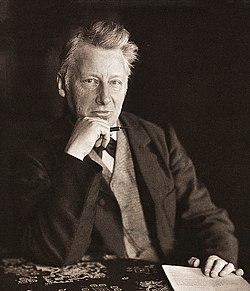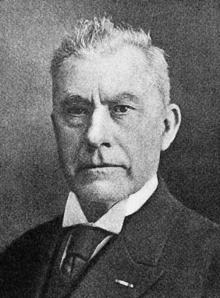1898 ⟶ Beijerinck Defines Viruses as Infectious Agents
Martinus Beijerinck: concluded that a virus is infectious—re...Year
1673
1675
1884
1898
1911
1930
🔬 Leeuwenhoek Observes Microbes
Antoni van Leeuwenhoek is the first to observe microbes with a homemade microscope, using samples he collected from his teeth scrapings, raindrops, and his own feces. He calls them "animalcules."⟶

MicrobiologyScientific RevolutionGerm TheoryBiology
 Netherlands
Netherlands🔬 Van Leeuwenhoek Observes Microorganisms
Anton van Leeuwenhoek: observes microorganisms using a refined simple microscope.⟶

MicrobiologyScientific RevolutionBiologyCell Theory
 Netherlands
Netherlands🧪 Van 't Hoff Publishes 'Études de dynamique chimique'
Jacobus Henricus van 't Hoff: discovered the laws of chemical dynamics and osmotic pressure in solutions (in his work "Études de dynamique chimique").⟶

ChemistryPhysical ChemistryThermodynamicsScientific Publication
 Netherlands
Netherlands🦠 Beijerinck Defines Viruses as Infectious Agents
Martinus Beijerinck: concluded that a virus is infectious—replicating in the host—and thus not a mere toxin, and gave it the name "virus"⟶

Infectious DiseasesMicrobiologyGerm TheoryMedical History19th Century Science
 Netherlands
Netherlands⚡ Heike Kamerlingh Onnes Discovers Superconductivity

PhysicsDiscoveryScientific BreakthroughMaterial ScienceNobel Prize
 Netherlands
Netherlands🔬 Phase-Contrast Microscopy Invented
The Phase-contrast microscopy is invented by Frits Zernike.⟶

MicroscopyOpticsScientific InstrumentsCell Biology
 Netherlands
Netherlands